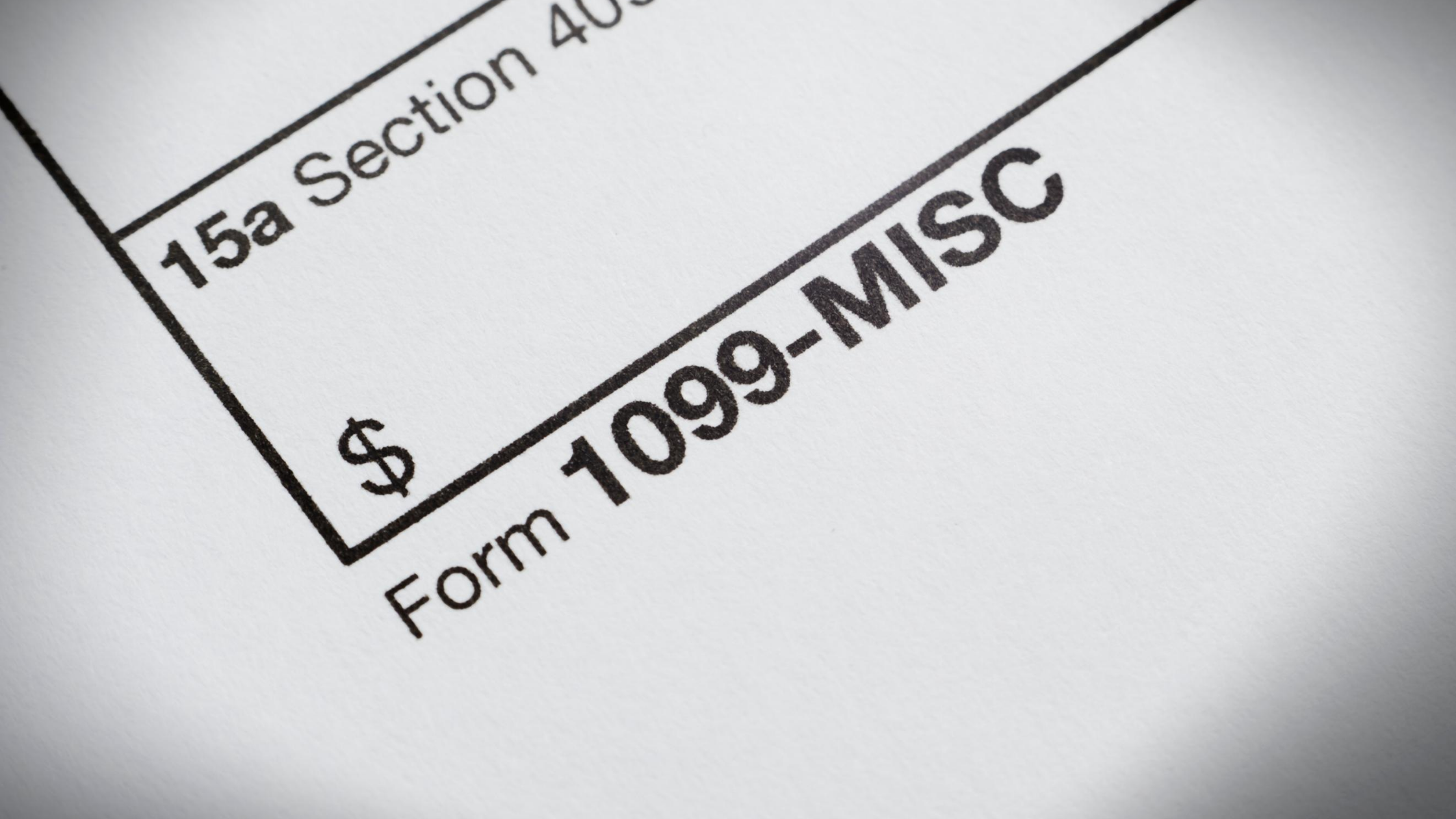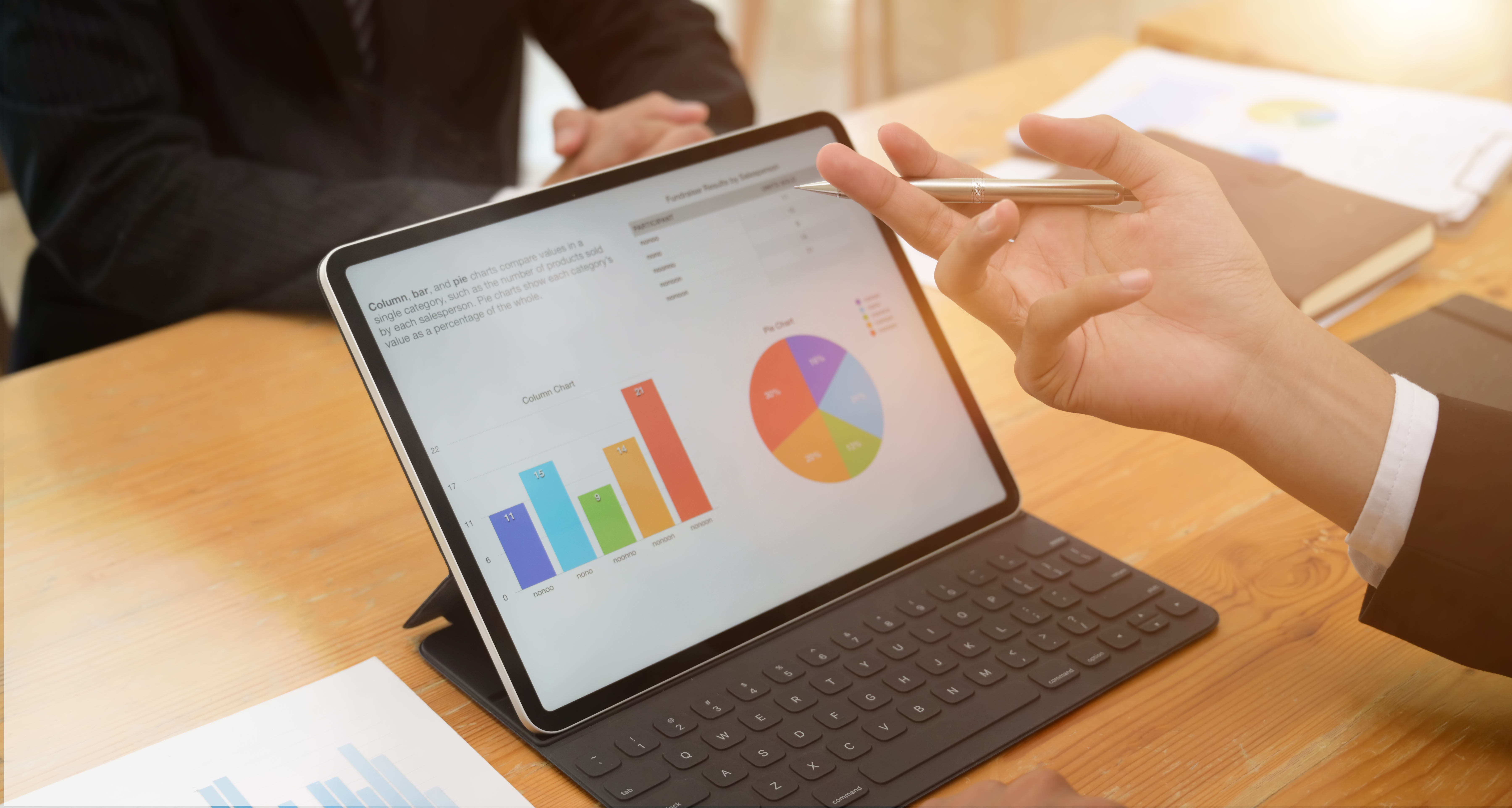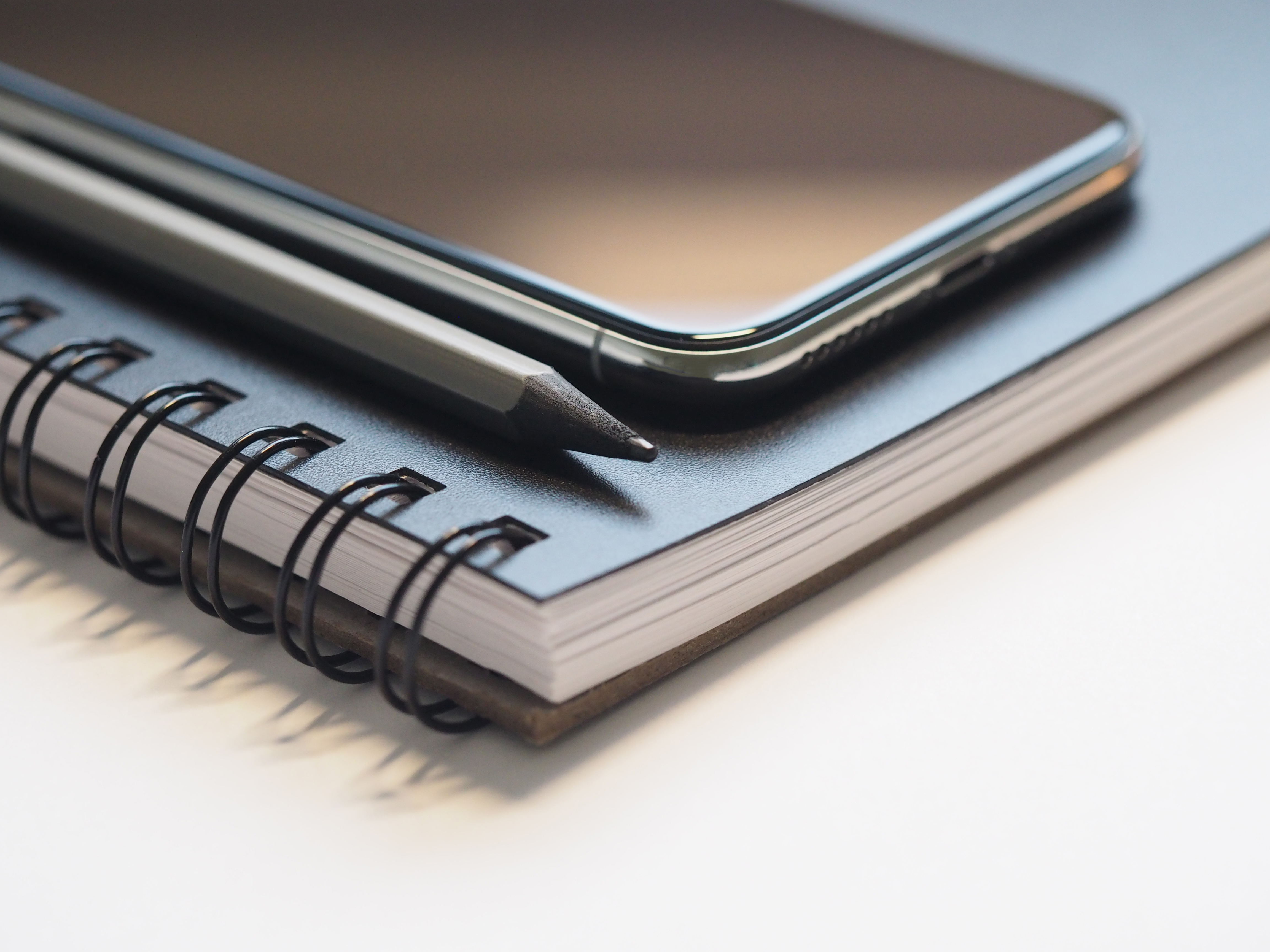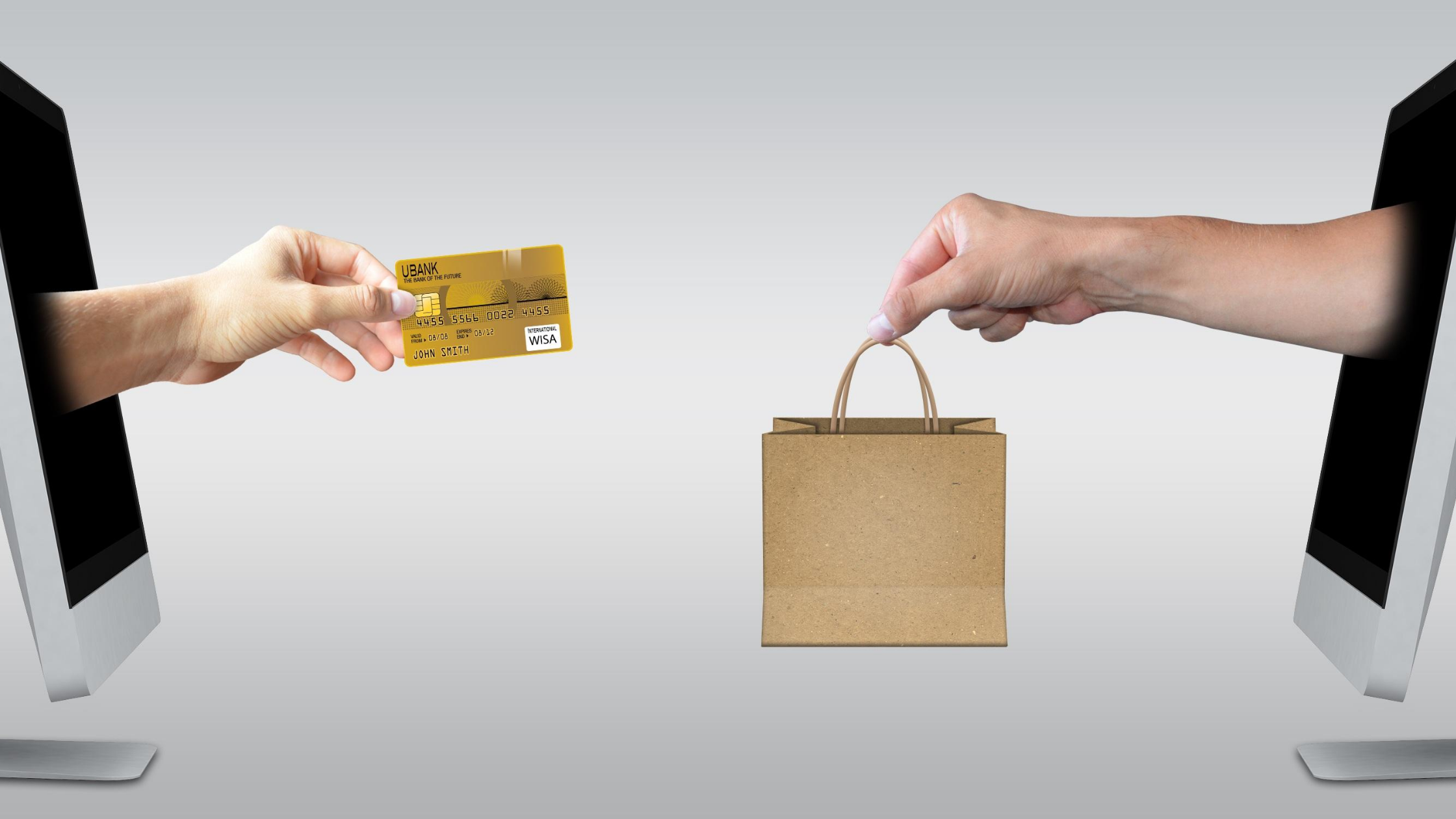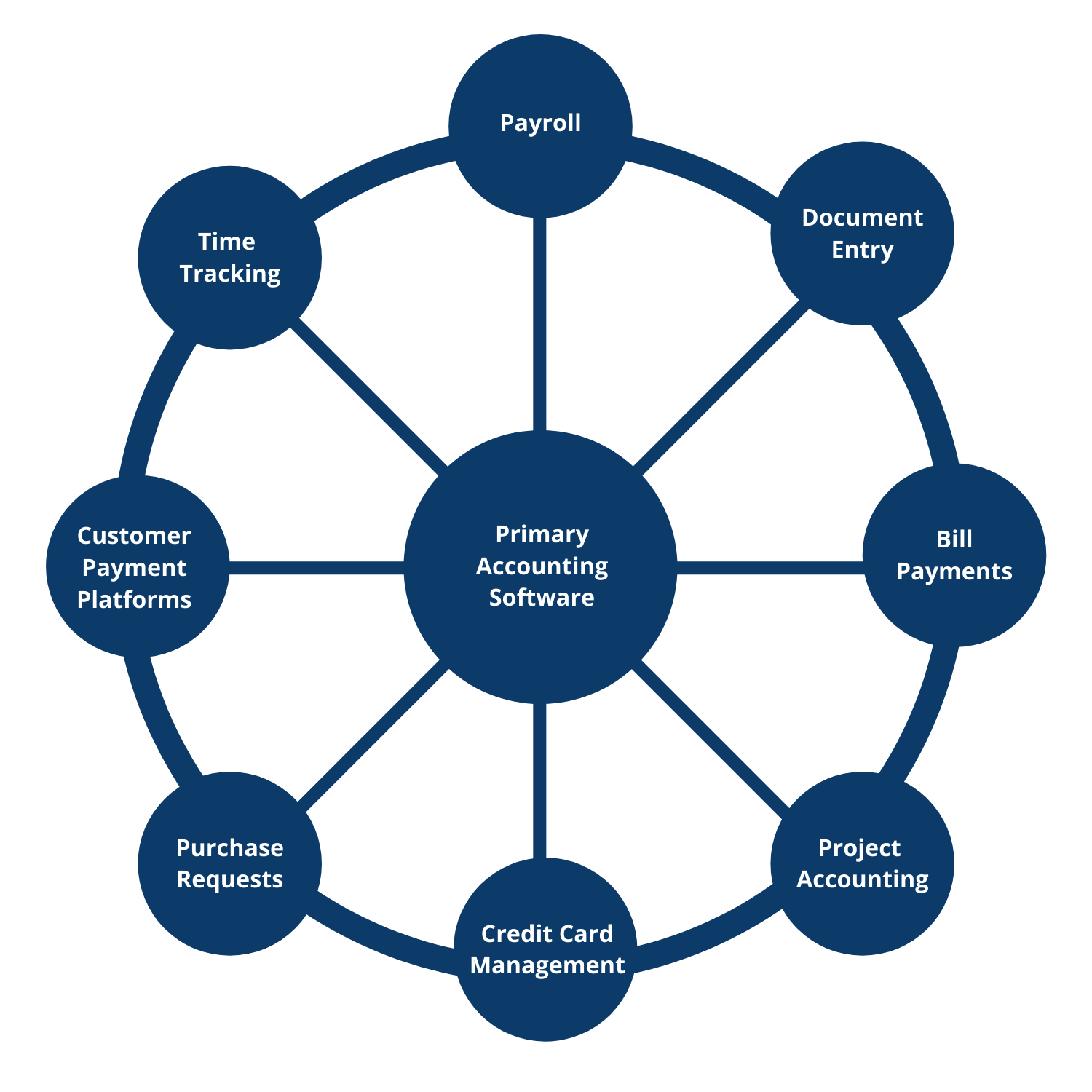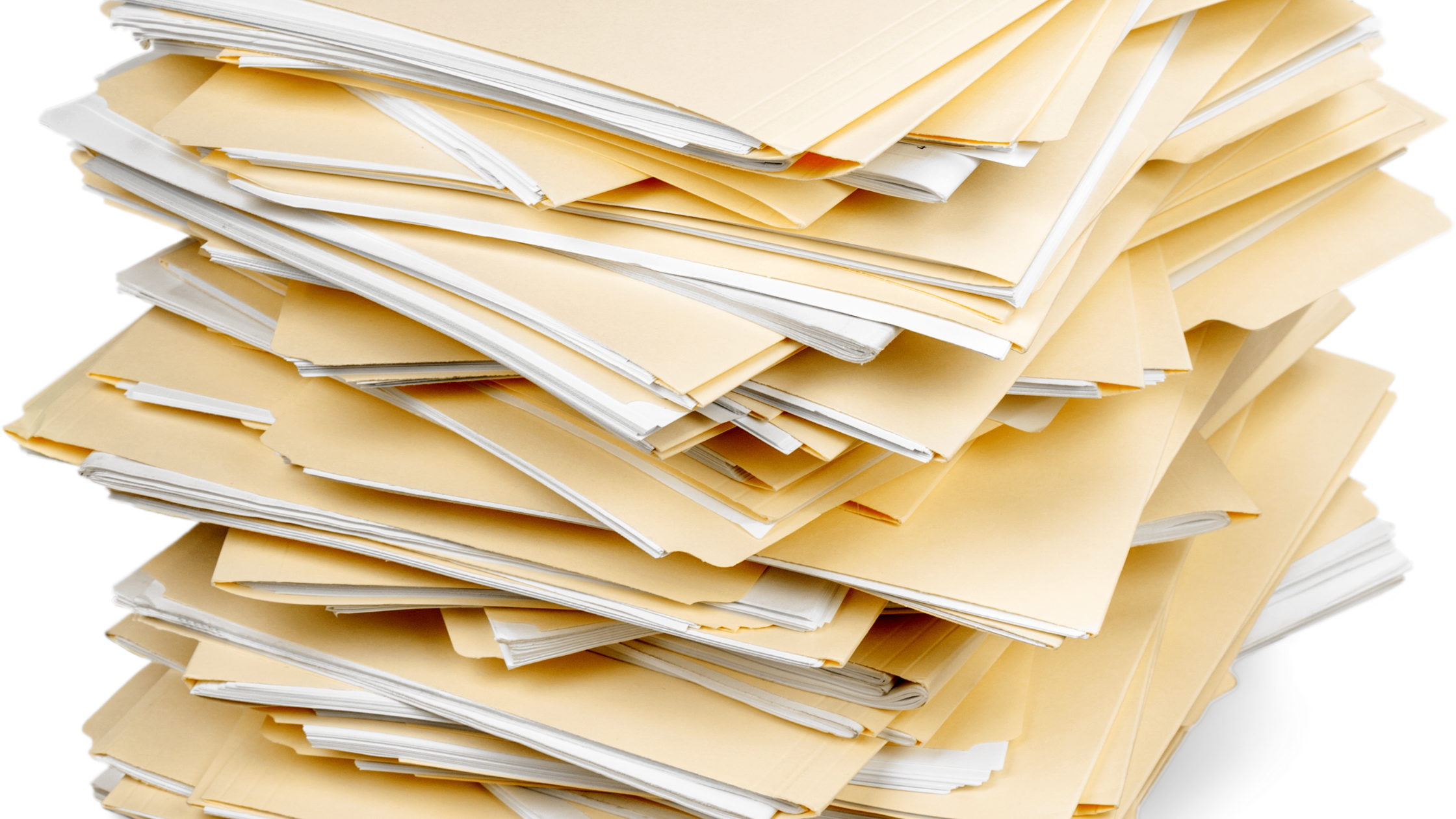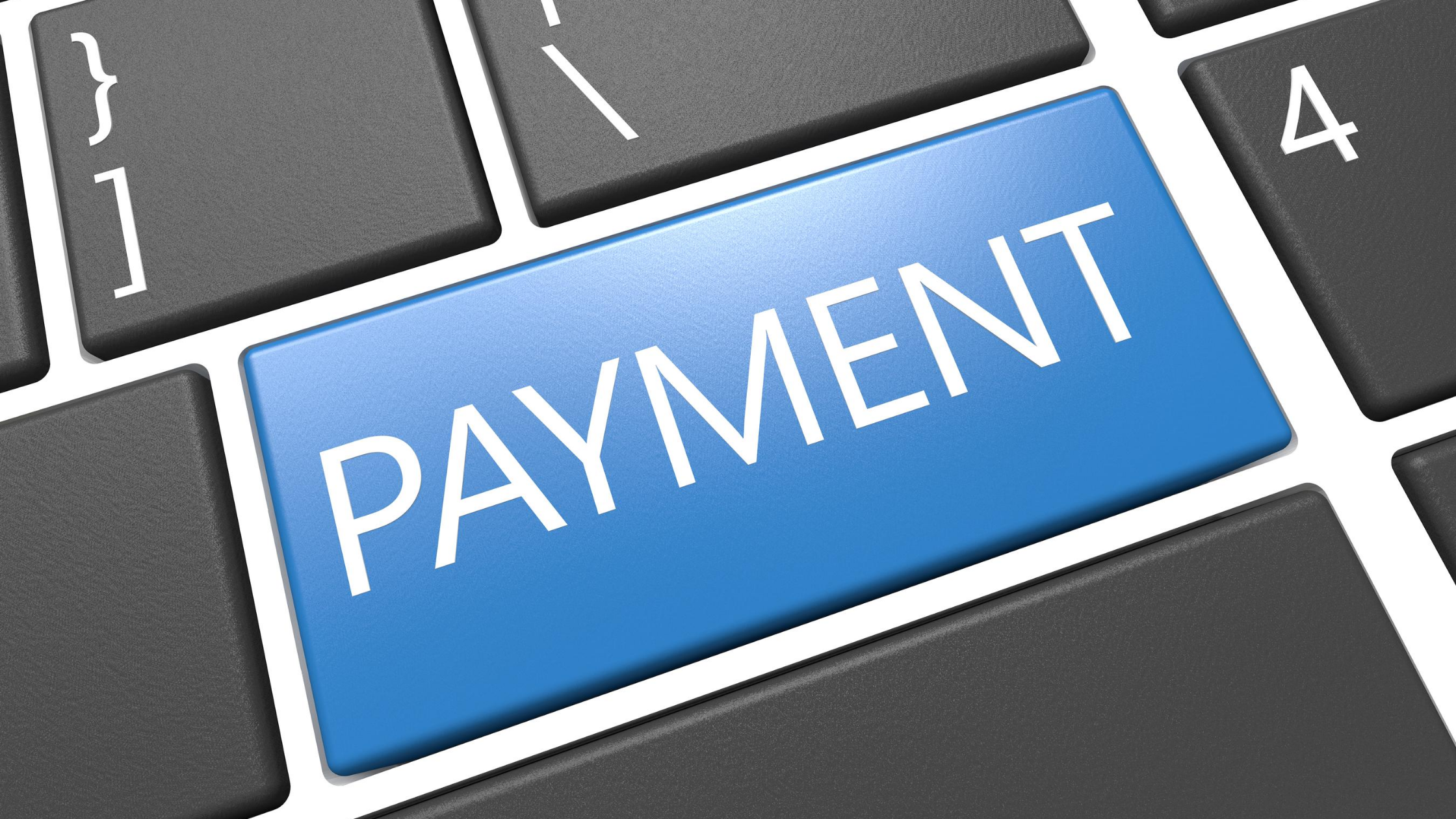A core bookkeeping automation tool is a document collection / bill entry software. This type of software is incredibly helpful and serves several important functions. First, it acts as a central document collection hub for your business. Employees can upload bills and receipts directly to the application via email or by taking a picture of the bill or receipt on their mobile phone. In addition, anyone outside your organization can upload bills by sending a pdf attachment from an email. This effectively decentralizes the entry of bill data by getting it into your document hub from multiple sources. The second function of this type of software is it reads the scanned copy of the bill and pulls important data from the document such as vendor name, invoice date, due date, invoice number, and amount and then enters the data into fields for your review. After quickly reviewing the data, you publish both the bill data to your accounting software and a pdf copy of the actual invoice to the transaction in your accounting software. You can set it up so that no bill goes into your system without your review or have bills automatically enter the system once they are uploaded after you become more comfortable with how it works. The software also remembers previous entries so if you use a vendor frequently, it will pull all the data from the current bill and then remember the general ledger account you assigned to that vendor previously.
Traditional accounting software requires you to enter data manually which creates opportunities for input errors and bottlenecks in your process. A central theme of bookkeeping automation is getting data quickly so that you can analyze your data and make more informed decisions. Auto bill entry tools serve a key automation function because bills can be entered accurately in a fraction of the time that it takes to type the data in manually. This gives you up-to-date accounts payable data plus the ability to review the document after the fact in your accounting software.
When selecting a document collection / bill entry tool, keep in mind the wagon wheel example. You are looking for applications that connect directly to your accounting software as well as any additional applications where bill data or document storage is helpful. Applications such as Hubdoc (included with Xero) and Receipt Bank work well and provide great connectivity with accounting softwares like Xero and QuickBooks. Both vendors allow integrations with payment platforms like Bill.com, and Hubdoc integrates with document storage platforms like Google Drive, Dropbox, Box, and Citrix Sharefile. The connection with Bill.com sends copies of the documents into Bill.com which are included on vendor payments and helps ensure payments are applied to the correct invoice. The connection to the document storage tools allows for an organized file of all vendor documents, and a backup in case you ever decided to move to another document storage platform. Another bonus of Hubdoc and Receipt Bank is that it ‘auto fetches’ statements for quite a few large banks and vendors. Once connected to those vendors, the bill or statement is automatically pulled into your inbox and ready for entry after it’s posted on the vendor’s website.
Each document application has its strengths and weaknesses so it’s important to select one that best fits your business’ needs and helps connect your automated accounting system.

